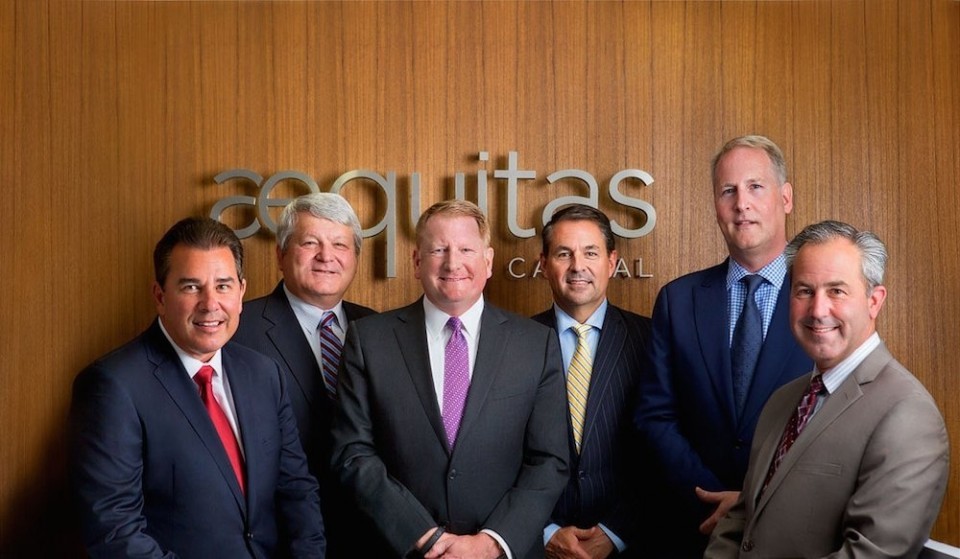- CALL TODAY
- 800.487.4660
What does a Receivership Do? An Investor’s Guide to How Receivers Recover Investment Losses While (Hopefully) Avoiding Bankruptcy

If you’re reading this article, there is a good chance you invested in or through an entity that is now in receivership, and you probably have a lot of questions! The purpose of this article is to give you a general overview of how receiverships work so you know what to expect. Every receivership is different, but every receivership goes through four overlapping stages: 1) stabilization; 2) investigation; 3) litigation; and 4) distribution.
These four stages all support the overarching goal of every receivership—the orderly winding down of a business in a manner that maximizes value for investors.
We will come back to these four stages in a minute, but first it is important to understand the background context that gives rise to a receivership.
If a business is in receivership, something has gone very wrong! Most of our clients encounter a receiver in one of two contexts. First, they may have invested in an investment fund or hedge fund where, due to some misconduct, the fund has lost money and current management cannot even be trusted to liquidate the fund. Second, investors may have invested in a private offering where the investment is defunct and has untrustworthy management.
For investors, the first step toward a receivership is usually a lawsuit filed by the US Securities & Exchange Commission or state regulators. This lawsuit usually accuses the executive leadership of the investment with serious misconduct, such as fraud, securities fraud, or other serious violations of securities laws. In addition to sanctions and other relief, the plaintiff then asks the court to appoint a receiver to oversee the dissolution of the investment. If the judge grants this relief, a receiver is appointed and the receivership is established.
A receivership is not the same thing as bankruptcy, and that is a good thing for investors! In bankruptcy, equity interest holders (bankruptcy lingo for investors) generally don’t recover anything. In a receivership, the receiver usually does try to recover funds for investors, although the amount recovered can vary widely.
A receiver usually has the power to run whatever business he has been appointed to oversee, subject to judicial oversight. He can hire and fire personnel, sell assets, and negotiate deals with creditors. He replaces management.
The receiver is paid from the assets of the receivership. This can be very frustrating for investors in situations where the receiver is making money but investors aren’t getting anything. While this can be frustrating, the alternatives are almost always worse, bankruptcy or letting existing management continue to operate the investment.
As mentioned earlier, a receivership goes through four overlapping stages, as described below:
A. Stabilization
In the stabilization stage, the receiver tries to make the receivership as profitable as possible. Even if the receivership will never be profitable, the receiver will still reduce expenses, which may include reducing or eliminating the receivership’s workforce, terminating leases and other contracts, and selling the receivership’s assets in an orderly way. The receiver will try to get top dollar for receivership assets. The receiver might also negotiate with the receivership’s creditors. The receiver’s goal is for a controlled landing, not crashing in a ball of fire!
B. Investigation
As the receivership begins to stabilize, the receiver will also investigate to understand what went wrong in the company he took over. This can be important for selling receivership assets, but it is also important for determining whether the receiver should initiate litigation.
If the entity in receivership was harmed by fraud or negligence, the receiver might want to sue the parties who did this to the entity in receivership, and will need to investigate to determine whether the receivership’s claims have any merit.
Investigating insurance policies is an important component of this stage. Many entities in receivership have professional liability, errors & omissions (E&O), or directors & officers (D&O) liability insurance that might be triggered by the conduct of the replaced executives. This can be a tricky issue, with millions in coverage at stake, but if a receiver has a clear understanding of what happened, he may be able to convince insurers to simply tender policy limits without litigation.
C. Litigation
The receiver will initiate litigation that he believes will provide an economic benefit to the receivership. For example, if the receivership entity were a bakery, it might sue a deadbeat customer. There may be bad guys that escape receivership litigation because they’re broke, or because they are already being sued by regulators.
There are two aspects of this phase that may surprise investors, clawback litigation and suits against individual investors’ financial advisors and wealth management firms.
The receiver may initiate clawback litigation where the entity in receivership was a Ponzi scheme or other type of investment scam. In clawback litigation, the receiver sues investors for profits they received from the scheme for distribution to investors who have suffered losses. This can come as a huge surprise for investors!
In the abstract, clawback litigation makes sense. After all, why should one investor profit from a scam and another suffer losses, when the only difference between them is when they invested in the scheme?
In practice, clawback litigation can be devastating for the investors that are defendants in these lawsuits. In our experience, investors who are attracted to Ponzi schemes are often desperate to generate income to meet their retirement expenses. Investors who profited the most from a Ponzi scheme have usually spent all of their profits on meeting retirement expenses for years, and have invested their life savings into these schemes. Being on the receiving end of a lawsuit is the last thing they need. Representing such investors is one of the ways that Investor Defense Law LLP helps investors with the receivership process.
The receiver files lawsuits that he believes will benefit all of the investors in the entity in receivership, but he does not file claims that only benefit some investors. Consequently, investors will need to evaluate whether they have individual claims that are worth pursuing. In the context of investment fraud, investors often have individual claims against a financial adviser or stockbroker who recommended the bad investment. A receiver will not bring these claims but they should be closely considered. A receiver rarely collects 100% or even 50% of investors’ losses. An individual lawsuit can be essential for bridging the gap between what an investor invested and what they get back from a receivership. Investor Defense Law LLP has helped countless investors recover from financial advisors.
D. Distribution
It can take years for the receiver to actually make distributions to investors. A receiver might make multiple interim distributions and then a final distribution, or he might make one distribution at the end of the receivership. A receiver will probably not take the needs of individual investors into account when deciding the time of distributions. A receiver will only make interim distributions if he is very confident that he will still have enough cash on hand to pay his fees and close out the receivership. The amount receivers distribute varies widely and depends on the facts of each case. Some receiverships return less than 5% of investors’ losses, while others recover close to 100% of investment losses. In our experience, if the circumstances warrant appointing a receiver, it is unlikely that the receivership will recover even 40% of investor losses.
Investor Defense Law LLP is a law firm dedicated to helping investors in California, Georgia, and Washington recover losses caused by stockbrokers, financial advisers, and investment firms. To learn more, talk to an investment fraud attorney for free at 800.487.4660.



